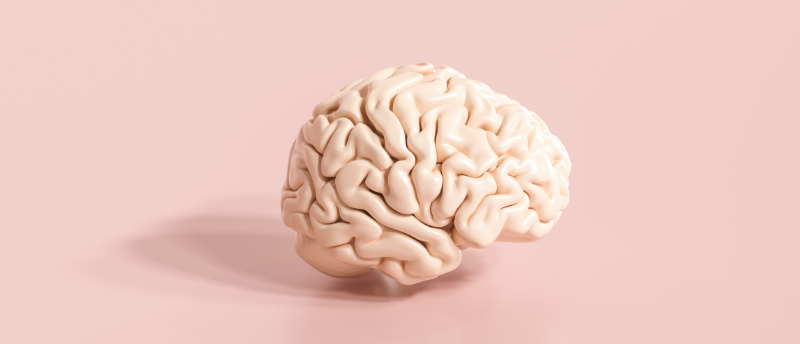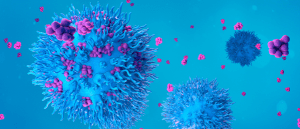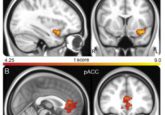Novel method to record the process of waking developed

Scientists have discovered a technique that assesses consciousness without the use of external stimulation.
In a new study from The Picower Institute for Learning and Memory at MIT (MA, USA), scientists have uncovered a way to analyze the consciousness of a person through the use of a ‘breathe-and-squeeze’ method that is able to validate the results without the corruption of external stimulation. The use of this data could help further treatments for insomnia.
Throughout the years, many scientists have attempted to study consciousness. However, most have often fallen into a similar pothole: the method to observe awareness has often used external stimulation to determine the volunteer’s level of receptiveness. The downside to this is that the stimulus often confuses the results. In this investigation the researchers developed a system, first described in 2014, to study consciousness but without the use of an external stimulus so that the results would be validated.
“We want to measure when people make the transition from conscious to unconscious, and vice versa, but as soon as you ask someone to do something, which is the classic way of assessing this, you’ve now influenced them and disrupted the process,” said corresponding author Christian Guay.
 When less is more: reducing immunomodulatory antibody affinity boosts anticancer activity
When less is more: reducing immunomodulatory antibody affinity boosts anticancer activity
Antibodies’ ability to bind specifically and tightly to target biomolecules makes them ideal therapeutics for a range of diseases including cancer; but is tight always best?
For this experiment the scientists used dexmedetomidine-mediated sedation to ensure the volunteers would be rendered unconscious. However, before they began the flow of the drug to the test-subject, the volunteer was given a ball and asked to squeeze it when then breathed in and then to release it when they breathed out. Using this method, the researchers were able to visually detect when the volunteers had fallen unconscious and when they later woke up. To measure their brain activity during this time, 64 electrodes were attached to the subject’s scalp. The researchers found that they could observe the indicative signs that the subjects had fallen unconscious – they observed a decline in 10Hz alpha power in the occipital region, which was then followed by an increase of the slower delta waves. This was reversed when the volunteer woke up.
This technique meant the results were undisrupted by auditory stimulation, which had been the case in a previous test conducted with the same anesthetic. Moreover, the ‘breathe-and-squeeze method’ was able to detect loss of awareness at a lower level than the auditory stimulations, suggesting that it was a more sensitive and effective method to record a persons transition from responsive to unresponsive.
“This approach for assessing loss and recovery of consciousness removes the significant confound of the conventional external stimulus that is typically used,” explained Emery Brown, a co-author of the study.
The researchers believe that by better understanding the change from conscious to unconscious, more effective treatments for insomnia may be developed. It is also the hope of the research group that in the future, through a better understanding of the process of waking up, the chances of coma reversal may be improved upon.
